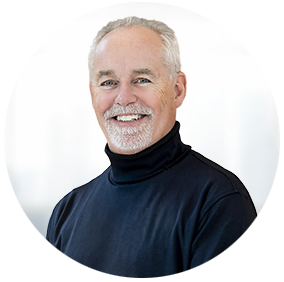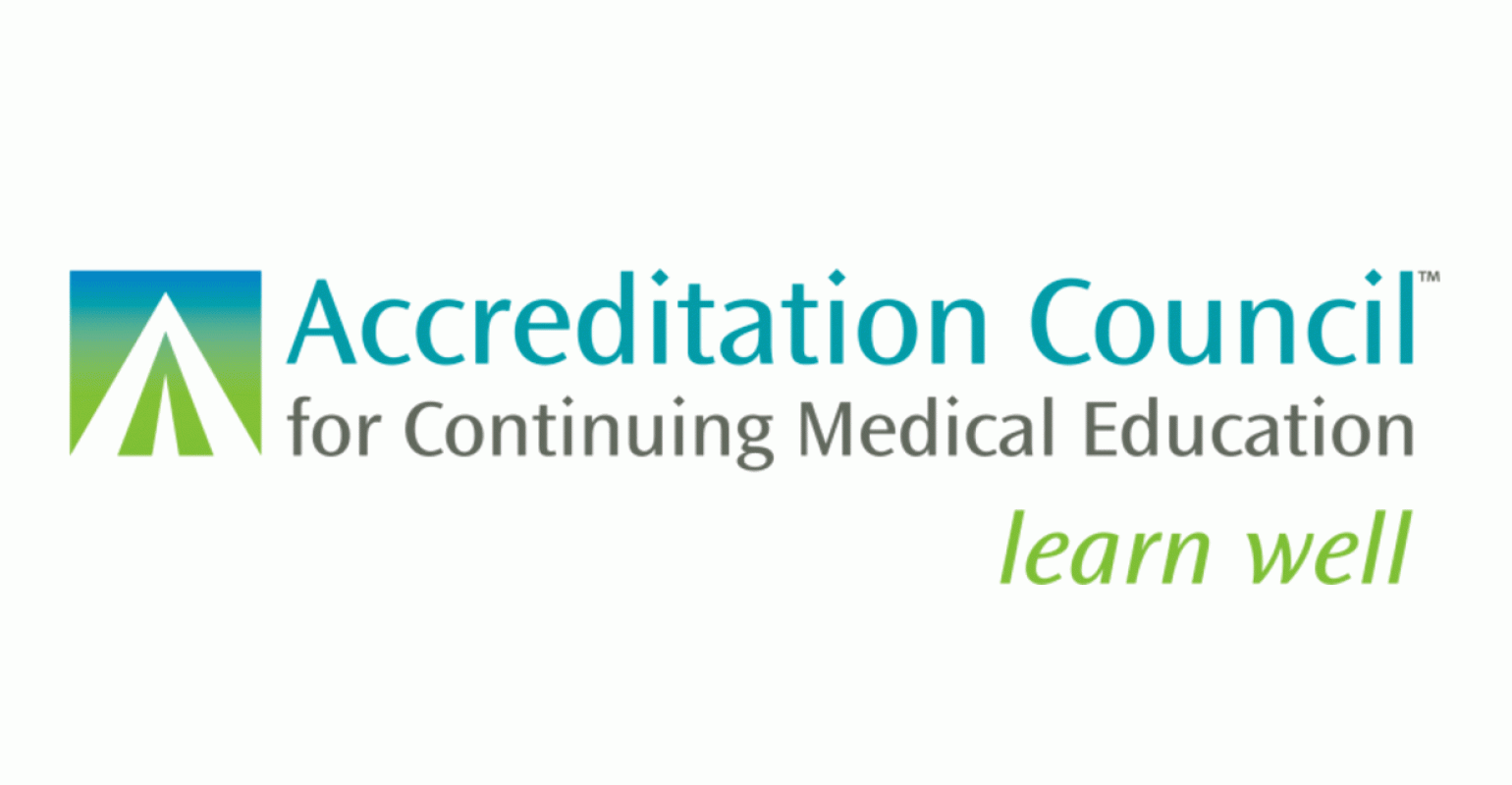
Clinician-Patient Communication for Virtual Video Visits - E4 Enlist Your Patient as a Partner
-
Register
- KZA User - $149
- Other - $149
Presented by:

About the IHC
The Institute for Healthcare Communication (IHC) has been a leader in healthcare communication skills training since 1987. IHC’s accredited programs advance the quality of healthcare, with measurable benefits for patient satisfaction, clinician career satisfaction, patient health outcomes and durable relationships of trust.
These modules are conducted in partnership with KarenZupko & Associates, Inc.


Michael R. Marks
MD, MBA, FAAOS
Dr. Marks is multi-faceted physician and business executive who brings more than 30 years of expertise drawing from his broad leadership experiences.
Dr. Marks is a Board-Certified Orthopaedic Surgeon, having completed his orthopaedic residency atGeorge Washington University and spine fellowshipat the Cleveland Clinic Foundation. He was the Vice President of Business Development for Norwalk Hospital in Connecticut and is currently the Senior Medical Director of Relievant MedSystems. In 2001, he obtained his MBA from the University of Tennessee to acquire the skills necessary to meet the healthcare challenges of the 21st Century.
For more than 15 years, he has been a communications mentor for the Institute for Healthcare Communications providing instruction in three communication skill courses (Clinician-Patient Communication, Strangers in Crisis, and Disclosing Unanticipated Medical Outcomes) including the development of virtual video visits (telemedicine) webinars that are necessary for today’s clinicians.

Dwight W. Burney III, MD, FAAOS
Speaker
Dr. Burney retired after 34 years of orthopedicpractice in New Mexico. For more the past 14 yearshe has been a communication skills trainer for theInstitute for Healthcare Communication.
He has served the American Academy of OrthopaedicSurgeons in multiple roles - as Chair of the Board ofCouncilors, Chair of the Membership Committee,and Chair of the Communication Skills MentoringProgram. He also served served for three years on theAAOS Board of Directors as well as the Patient SafetyCommittee.
Dr. Burney graduated with a BA degree in BiologicSciences from Stanford University. He returned to hishome state to attend medical school at the Universityof Nebraska Medical Center. His surgical internshipat the University of Missouri was followed by anorthopaedic surgery residency at the University ofNew Mexico and an orthopaedic trauma fellowship atthe University of Washington. He was certified by theAmerican Board of Orthopaedic Surgery in 1983.
He was a founding partner in New MexicoOrthopaedic Associates, the largest orthopaedicsubspecialty practice in New Mexico. He also servedas President and Treasurer for the New MexicoOrthopaedic Association.
Key:
Accreditation: The Institute for Healthcare Communication (IHC) takes responsibility for the content, quality and scientific integrity of this CME/CE activity. IHC is accredited by the Accreditation Council for Continuing Medical Education (ACCME) to provide continuing medical education for physicians. The Institute for Healthcare Communication designates the Clinician-Patient Communication to Enhance Health Outcomes for Virtual Video Visits (CPC for VVV): E4 Enlist Your Patient as a Partner for a maximum of 1 AMA PRA Category 1 Credits™. Physicians should claim only the credit commensurate with the extent of their participation in the activity.
2020 CME Credit for Physicians: This activity has been approved for 1.0 AMA PRA Category 1 CreditsTM

If you are having trouble with certain features or if videos are not loading properly please check what web browser you are using. If you are using Internet Explorer as your web browser you may encounter additional issues as it is no longer supported by Microsoft. We suggest using Microsoft Edge, Chrome, or Safari.

